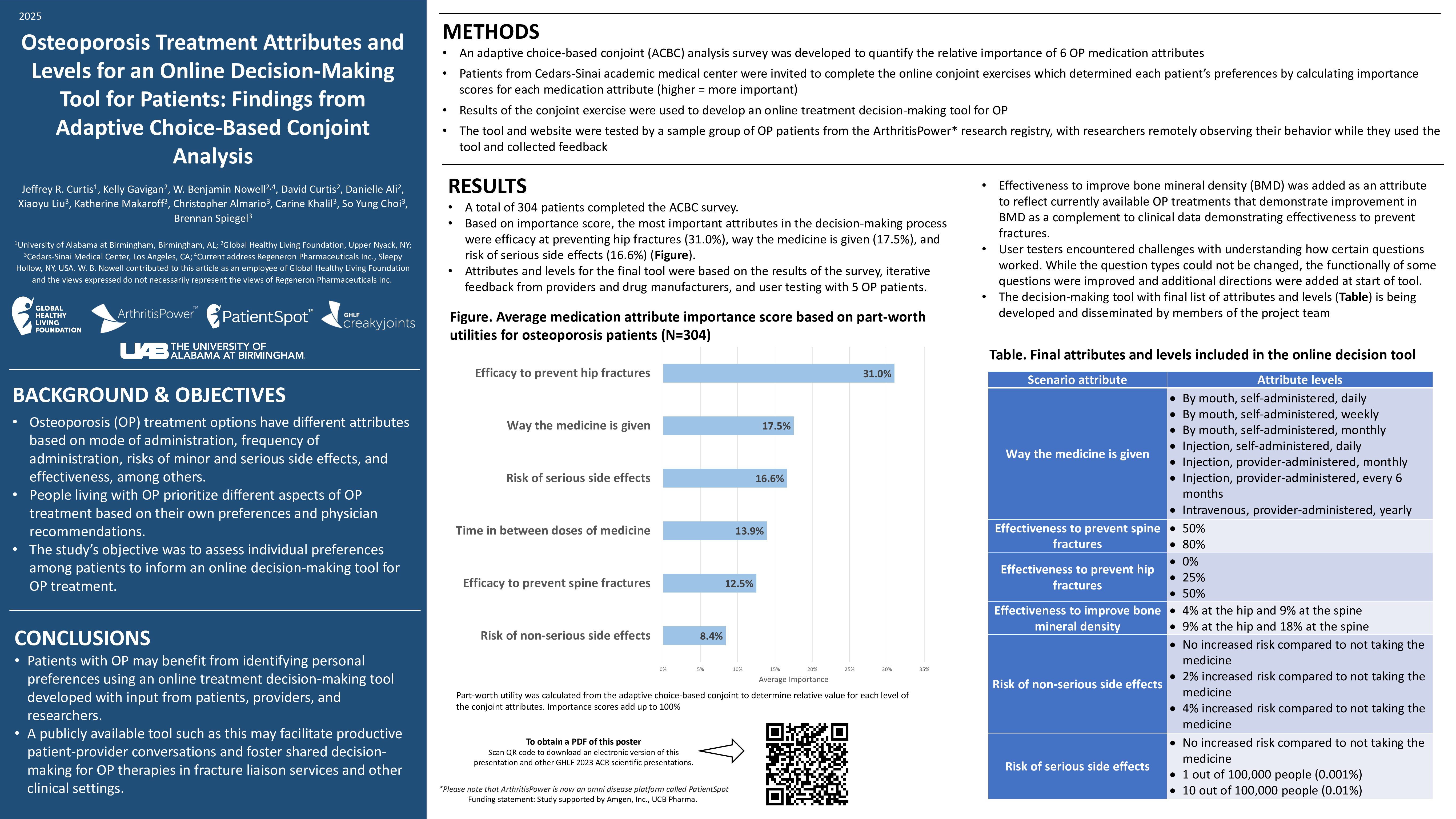Visit eRheum.org for personalized tips for a better telehealth rheumatology visit.
If you haven’t had a telemedicine appointment with your rheumatologist or dermatologist since the coronavirus pandemic began, you may have some concerns about how helpful this type of visit is in managing your care. And that’s natural, of course: When you live with a chronic illness like psoriasis or psoriatic arthritis (PsA), you never want to risk receiving less-than-ideal care. Fortunately, experts say that these conditions can still be managed very effectively via telehealth visits.
“We can do our evaluations more easily in people who have psoriasis or PsA in comparison to other autoimmune diseases because the symptoms are often so visible,” says Mark Lebwohl, MD, Professor and System Chair of the Department of Dermatology at the Icahn School of Medicine at Mount Sinai in New York City. “The personal touch may be missing in a telemedicine appointment, but you can still accomplish most of what you’d do in an in-person visit.”
Preliminary data bears this out. In a study published in JAMA Open Network, nearly 300 psoriasis patients were randomized to receive care in person or online over the course of a year (this was between 2015 and 2017, so it pre-dated the coronavirus pandemic). Researchers found that there was no difference in outcomes — such as psoriasis symptoms, as measured by Psoriasis Area and Severity Index (PASI) — between the two groups. Researchers concluded that “the online, collaborative connected-health model was as effective as in-person management in improving clinical outcomes among patients with psoriasis.”
Regardless of whether your visit is in person or over telehealth, it’s important to see your rheumatologist or dermatologist regularly, particularly if you’re having symptoms or suspect your disease is not under good control. Many people with psoriasis or psoriatic arthritis may have questions specific to their health and medications during the pandemic. You may also have questions or concerns about getting a COVID-19 vaccine.
Keeping your doctor’s appointments is critical to making sure you get your questions addressed and you and your doctor stay on top of your underlying condition. If you are having psoriasis or psoriatic arthritis flares or symptoms, that’s even more of a reason to stay in touch with your doctor and decide whether a telehealth or in-person visit is needed.
Tips for Preparing for Your Appointment
1. Write a list of questions and concerns
You may already do this for your in-person visits, but it’s especially helpful for virtual ones. “Having a list makes the appointment go more smoothly,” says Steven Vlad, MD, a rheumatologist at Tufts Medical Center in Boston. This is especially true if you’re new to or not entirely comfortable with virtual visits and the technology required, he adds, because you might get flustered and forget some of what you wanted to say.
When you have an in-person doctor’s visit, you have natural moments to think of questions, such as when you’re in transit on the way to the appointment, in the main waiting room, or in an exam room waiting for the doctor. During a telehealth visit, you don’t necessarily have those mini breaks to give yourself time to think.
You may also be more distracted by being in your home environment, particularly if you have family around. So even if you don’t usually write down questions, it’s a way to help you stay focused and ensure you don’t forget to ask anything, major or minor.
2. Take photos of your psoriasis plaques and rashes
While your doctor may be able to see them via video, pictures typically provide a clearer, more detailed view, says Dr. Lebwohl. If your psoriasis or PsA affects your fingernails and toenails, your doctor may want photos of them as well. There’s a chance that the pictures may not end up being necessary, but it’s a good idea to have them just in case.
To take the clearest photos, follow these tips from the American Academy of Dermatology:
- Shoot indoors and keep the background simple
- Photograph the lesions from different angles so you doctor can see how thick they are.
- Take picture of the same lesion or rash that are both close up and far away
- Take pictures to compare — if you have a lesion on one hand, take a picture of the other hand too, so your doctor can see the difference.
- If you have any on places that are difficult to photograph (such as your back), using a selfie stick can help you reach those areas, as can asking a family member for help.
3. Choose a good location for your telehealth visit
It should be quiet, well-lit, and provide privacy. Keep a pad and pen nearby so you can write down any instructions your doctor may give you. And make sure that the device you’re using —laptop, tablet, etc. — is fully charged.
For more tips on how to have a successful telehealth visit, visit eRheum.org, our new site that offers a personalized guide to better telerheumatology visits.
What Your Doctor Will Want to Know During a Telehealth Visit for Psoriasis
Some of the main questions you can expect to be asked include:
How have you been coping during the pandemic?
Drs. Lebwohl and Vlad say it’s the first thing they ask during visits. People with chronic illnesses like psoriasis and psoriatic arthritis are already more vulnerable to mental health issues like depression and anxiety, so your doctor will want to get a sense of how your mental health has been affected by the pandemic. If you’ve been struggling, don’t be ashamed or afraid to say so. “The pandemic has been hard on everyone,” Dr. Lebwohl says. “Even patients who are normally optimistic are having a difficult time.”
They will also want to know how you’ve been managing your overall health, including diet and exercise. Physical activity is important for everyone, but if you have chronic pain from psoriatic arthritis, or if your psoriasis is causing a lot of itching or uncomfortable skin symptoms, getting exercise can be more challenging. At the same time, getting exercise is important in preventing joint pain, fatigue, sleep issues, and major comorbidities like heart disease and diabetes. So if you’ve been struggling to maintain healthy lifestyle habits, it’s important for your doctor to know this.
If your disease symptoms are getting in the way of your usual activities, you may need to discuss changing your treatment.
When did you last take your medication?
Once COVID-19 hit, some patients stopped taking their immunosuppressive drugs because they feared being more vulnerable to the coronavirus. If you’ve been among them, or have had any issues taking your medications consistently and as prescribed, your doctor needs to know this.
If you were one of them — or you’ve considered doing it — be honest. The consequences of stopping medication go beyond a worsening of symptoms. “One of the major problems with stopping and restarting certain medications is that you may stop responding to them,” Dr. Lebwohl says.
If you have PsA, a significant amount of joint damage could occur in the time you’re off your medications, contributing to disability, Dr. Vlad says. He also worries about the effect that stopping treatment may have on patients’ mental health: “Developing more psoriasis lesions can be very distressing, even if you’re at home all the time and few people see you.”
Thankfully, so far research shows that in many cases, people with inflammatory diseases like psoriasis and psoriatic arthritis are not at increased risk for coronavirus infections or complications compared with the general population. Rather, data so far shows that older age, having comorbidities like heart or lung disease, or taking corticosteroids (but not other immunosuppressant medication) is what increases the risk for COVID-19 complications in rheumatic and inflammatory or autoimmune patients.
The COVID-19 Task Force from the National Psoriasis Foundation generally encourages patients who are not sick with COVID-19 to continue taking their usual medications: “It is recommended that patients who are not infected with SARS-CoV-2 continue their biologic or oral therapies for psoriasis and/or psoriatic arthritis in most cases.”
Have your symptoms changed?
Your doctor will want to know all the details, of course, but some changes are particularly important to report.
“For people with psoriasis, I really want to know if they’ve started experiencing painful joints because that may indicate that they have PsA,” Dr. Lebwohl says.
Patients who have psoriasis or PsA should be sure to report eye pain and vision problems, which may be a sign of uveitis, adds Dr. Vlad. Uveitis is more prevalent among people with autoimmune diseases, and it can lead to permanent vision loss if not diagnosed and treated promptly.
How do your psoriasis lesions feel?
Warmth and tenderness, along with redness, may indicate that you’ve developed a skin infection such as cellulitis.
How do your joints feel?
While your rheumatologist may be able to see which joints are red and swollen via video, they may still ask you to check them for swelling and pain. They may also ask you to perform certain movements, such as extending your elbows and knees, to check your range of motion.
When an In-Person Doctor’s Visit May Necessary for Psoriasis or Psoriatic Arthritis
While telehealth visits can be an excellent alternative to in-person ones, there are some circumstances in which your doctor will need you to come to the office, such as when you need blood tests (though you can go to an outside laboratory if you’d be more comfortable doing that).
Certain skin changes may also require an office visit. If you have a lesion that is ulcerated or appears to be infected — or you have a new rash that doesn’t look like psoriasis — your doctor may need to evaluate that in person, says Dr. Vlad.
In addition, there are some treatments that have to be performed in the office, such as laser therapy, steroid injections, and UV light therapy.
According to WebMD, your doctor may request to see you in person in the following circumstances:
- They need to take a biopsy of a plaque or other areas of your skin.
- You have new pain in your skin or joints, or pain that’s getting worse.
- You have skin plaques that won’t stop bleeding.
- You show signs of a skin infection such as pain, redness, swelling, pus, skin that’s hot to the touch, or a fever.
- You have new symptoms, such as weight gain, dizziness, or a racing heart. These can be symptoms of health conditions linked to psoriasis, such as diabetes and heart disease.
- You need testing, such as an X-ray or bloodwork.
If your doctor does recommend an office visit, don’t panic. “Patients should be assured that they will be coming to a safe environment,” Dr. Vlad says. “Clinics and hospitals are taking COVID-19 very seriously and have measures in place to prevent it from spreading. The last thing we want to do is make our patients less safe.”
Want Better Virtual Care with Your Rheumatologist?
For personalized advice on getting the most out of your rheumatology telehealth visits, check out our site eRheum.org.












